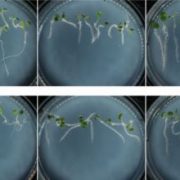
Pinstatic acid as a dissection tool-kit for transcriptional and non-transcriptional auxin responses
Plant Physiology, Plant Physiology: News and Views, ResearchAuthor: Magdalena M. Julkowska
Affiliation: Biological and Environmental Sciences and Engineering, King Abdullah University for Science & Technology (KAUST), Thuwal, Saudi Arabia
Auxin is one of the most studied plant hormones, and it comes in various forms. Whereas…
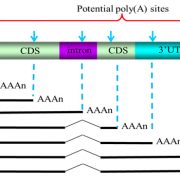
The Pattern of Alternative Polyadenylation
Research, The Plant Cell, The Plant Cell: In a NutshellYu et al. study the function of FY in alternative polyadenylation. The Plant Cell (2019) https://doi.org/10.1105/tpc.18.00545
Zhibo Yu, Juncheng Lin, Qingshun Quinn Li
Background: Polyadenylation of eukaryotic messenger RNAs (mRNAs) involves the addition of a ‘tail’ of dozens to hundreds of…
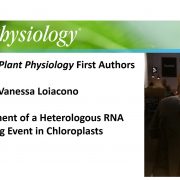
Recognizing Plant Physiology first authors: Vanessa Loiacono
Plant Physiology, Plant Physiology: Author ProfilesVanessa Loiacono, first author of Establishment of a Heterologous RNA Editing Event in Chloroplasts
Current Position: Postdoctoral Associate, Department of Molecular Biology and Genetics, Cornell University – Ithaca, NY
Education: B.Sc. Biological Sciences, University of Bari – Italy; M.Sc. Horticultural…
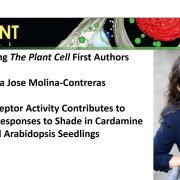
Recognizing Plant Cell first authors: Maria Jose Molina-Contreras
The Plant Cell, The Plant Cell: Author ProfilesMaria Jose Molina-Contreras, first author of Photoreceptor Activity Contributes to Contrasting Responses to Shade in Cardamine and Arabidopsis Seedlings
Current Position: Product Data Manager (Berlin, Germany)
Education: BSc and MSc in Plant Biology at the Autonomous University (UAB) and PhD in Biotechnology…
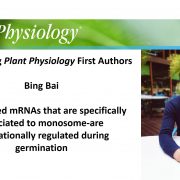
Recognizing Plant Physiology first authors: Bing Bai
Plant Physiology, Plant Physiology: Author ProfilesBing Bai, first author of Seed stored mRNAs that are specifically associated to monosome-are translationally regulated during germination
Current Position: Post-doc Researcher, Wageningen Seed Lab, Laboratory of Plant Physiology, Wageningen University
Education: B.Sc. Henan Agricultural University,…

Recognizing Plant Cell first authors: Travis Lee
The Plant Cell, The Plant Cell: Author ProfilesTravis Lee, first author of Integrative analysis from the epigenome to translatome exposes patterns of dominant nuclear regulation during transient stress
Current Position: Post doctoral research associate in the laboratory of Dr. Joseph Ecker at the Salk Institute
Education: Ph.D, M.S., B.S.
Non-scientific…
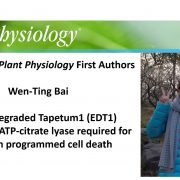
Recognizing Plant Physiology first authors: Wen-Ting Bai
Plant Physiology, Plant Physiology: Author ProfilesWen-Ting Bai, first author of Earlier Degraded Tapetum1 (EDT1) encodes an ATP-citrate lyase required for tapetum programmed cell death
Current Position: PhD Candidate, National Key Laboratory for Crop Genetics and Germplasm Enhancement, Jiangsu Plant Gene Engineering Research Center, Nanjing Agricultural…
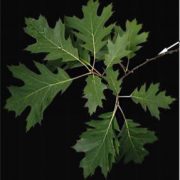
Injecting new life into a classic technique
Plant Physiology, Plant Physiology: News and Views, ResearchAuthor: Robert P. Skelton
Institution: Dept. of Integrative Biology, University of California Berkeley, Berkeley, 94720; CA
Commentary on Hochberg et al
A new technique for rapidly quantifying xylem vulnerability curves
In this volume of Plant Physiology, Hochberg et al. (2019) present a…
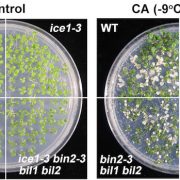
How BRASSINOSTEROID-INSENSITIVE2 Negatively Regulates Freezing Tolerance
Research, The Plant Cell, The Plant Cell: In a NutshellYe et al. uncover how the kinase activity of BIN2 helps balance plant growth and cold stress responses. Plant Cell (2019) https://doi.org/10.1105/tpc.19.00058
Background: Cold stress is an environmental factor that limits the growth and geographic distribution of plants. It is important to understand…

